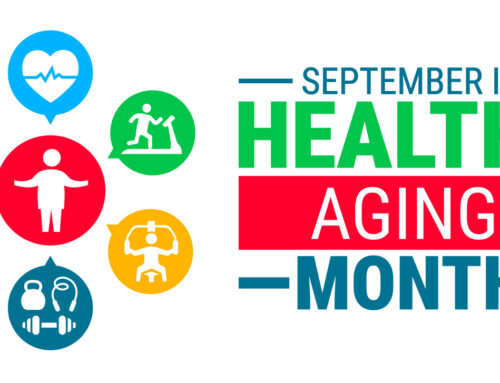So, what exactly is a “boomster”? Seriously, you don’t know? Well, according to the urban dictionary, “It’s a baby boomer who is as cool as they can be, given the constraints of age”. That definition might be a little insulting to many of us, but the word essentially is a combination of the two words “boomer” and “hipster”. And what it really means is that the psychographics of many people in this generation is different from previous generations. They are not letting age define them and they want to stay relevant in a society that all too often dismisses people over 50.
Okay, now that we have that out of the way, why should you care? Well, if you’re a “boomster” (and you know who you are) or even if you’re not, you should care because this demographic is enjoying their retirement years in a unique way that is affecting every sector of our economy from housing to hospitality. Like most things the boomers have done, they are changing the rules on how, when, and where they want to live as they get older. And with over 74 million boomers, these trends are important to understand. So, FirstLantic wants to make sure that you’re “in the know” on three of these top trends.
Trend 1 – City Living
Toll Brothers one of the largest developers in the U.S. decided to create a city division that was to be marketed to younger people with money. However, there was one problem. Many of the people that were buying their urban properties were boomers. Many boomers moved out to the burbs when they had kids, but those same boomers are starting a reverse migration back into cities. Urban environments provide empty nesters with access to new restaurants, shopping and cultural events without the hassle of getting in the car and fighting traffic for an hour. While many people still may decide to retire on a golf course, these urban “boomsters” will change the ways cities plan development moving forward. According to a recent survey by AARP called “The Livability Index”, the reasons for moving back to cities include easy access to public transportation, convenience, and increased diversity and city governments are starting to take notice beginning with TOD’s or Transit-Oriented Development (TOD). They are reworking zoning laws to maximize the amount of residential, business and leisure space within walking distance of public transport. Take Atlanta as an example. Cities like Atlanta were losing population until recently when they started seeing growth again. Now 10% of Atlanta’s population is made up of residents that are 60 years or older and that is expected to double by 2030. Many boomers have the disposable income to spend and cities want to take advantage of that.
Trend 2 – Luxurious and Experiential Travel
Just because you are older doesn’t mean you have to be less active. In fact, many boomers are making travel a big part of their retirement years. They are interested in going to exotic destinations where they can learn about new cultures. And many also want to be pampered so luxury travel is catering to this demographic. Baby boomers count for roughly 80% of the leisure travel spend around the world. And according to a recent survey, about half of all Boomers report being interested in authentic/local experiences, specifically eating or touring with locals. Boomers are known for being a curious generation and a company called Road Scholar (previously Elderhostel) is helping satisfy that curiosity by specializing exclusively in educational travel and experiences for 50 plus. National Geographic also puts together trips for those travelers who have the interest and the money for bespoke vacations. Imagine learning about the pyramids directly from an Egyptologist and then taking a behind-the-scenes tour of the renowned Egyptian Museum in Cairo or taking a photography expedition to Bhutan. Or maybe you want something even more active like a cycling trip. Other travel companies specialize in cycling trips in France or Italy where boomers can also enjoy stops along the way for gourmet meals and lodging. There are dozens of companies now specializing in reaching this demographic which spends 157 billion on trips every year!
Trend 3 – Delaying Retirement
To support this lifestyle, many boomers are choosing to work well behind the official age of retirement. And while for some, it is about financial needs, for many it is also about starting a new chapter and putting their passion into starting their own business or finding flexible employment that still keeps them engaged. Whatever the reason, U.S. seniors are employed at the highest rate in 55 years according to Bloomberg. They even have a term for this trend called “encore careers”. In fact, 74 percent of workers plan to get a new job after they retire, according to the annual retirement expectations survey by the Employee Benefit Research Institute. And for many boomers, this second career also means giving back. Another recent survey by Civic Ventures found that 58 percent of Baby Boomers want a second career that serves their community. And boomers working longer is not only good for our economy but our workplace as most studies show that diversity (in age and culture) is a positive trend for businesses.
The bottom line is that many boomers are “boomsters” because they’re not content with the status quo. They want to stay active for as long as they can and they want to live life on their terms. They’re engaged, vibrant and great at reinventing themselves. They don’t look at turning 50 or 60 or 70 as the end but rather as an opportunity for a new beginning. Now, that’s a definition of “boomsters” that we all should be able to get behind!
 AVAILABLE 24 HOURS A DAY/7 DAYS A WEEK
AVAILABLE 24 HOURS A DAY/7 DAYS A WEEK Careers
Careers







